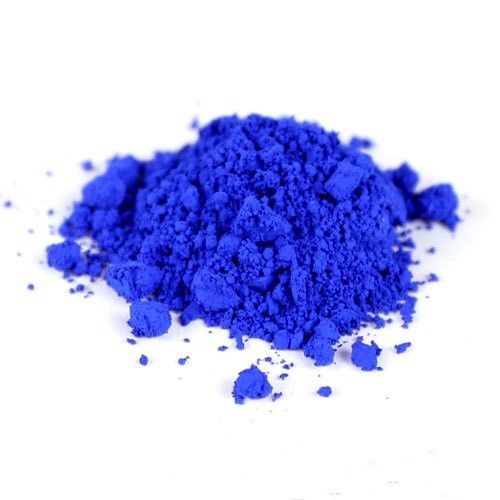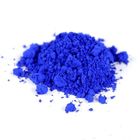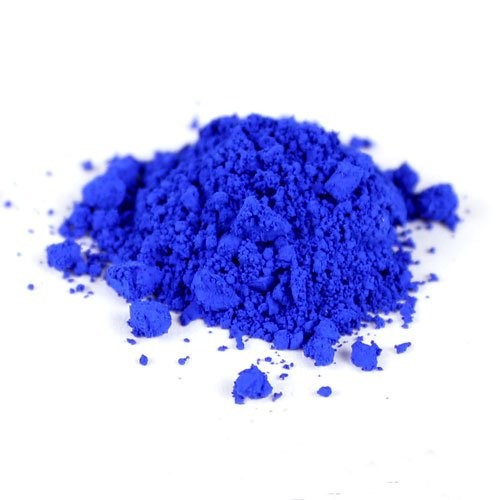Ultramarine Pigment Non-toxic Enviromental Friendly Optical Brightner for PVC products
Product Features:
Ultramarine is the most common blue inorganic pigment, it is sulfur compound of aluminum silicate.
- Excellent heat, weather and alkali resistance.
- Can be safely and environmental friendly used in toys, ink, pigments, paints, cosmetics, plastics and rubber products industries.
Technical Specifications:
| Items |
Specification |
| Chemical Name |
Ultramarine Blue |
| Chemical Nature |
Phthalocyanine |
| Appearance |
Blue powder |
| Purity |
>99% |
| Melting Softening Point |
480℃ |
| Tinting Strength |
95-105% of the standard |
| Soluble in Water |
1.5% max |
| Molecular Weight |
576.07 |
| Packing |
25kg / bag |
| Density |
1.12-1.63 |
| Volatle at 105℃ |
2.5% max |
| Oil Absorption |
45-55% |
Recommended dosage:
for whitening: 0.3PHR
for coloring: 5PHR
Applications:
Coloring: Used in paint, ink, rubber, plastic, artistic pigments, cosmetics, etc.
Whitening : Ultramarine can eliminate yellow shade from the white product.
Color correction: Ultramarine mixed in black, gray and other colors can give a soft sheen.
Packing and Storage:
25KG/ woven bag
No decomposition at room temperature, but should be stored in a cool and dry place. Keep away from hot, fire source, avoid direct sunlight. Recommended storage and mixing areas have good ventilation conditions to avoid inhalation. Transportation according to the general chemicals.
FAQ:
Is ultramarine blue toxic?
Toxicity. Ultramarine blue is not considered toxic, but care should be used in handling the pigment.
What does ultramarine look like?
Ultramarine blue has small, uniformly sized particles of a single color, but (being a ground-up natural stone) lapis pigment is a mix of colors and irregularly shaped particles, which have a different texture and reflect light differently.
Why was blue pigment so expensive?
In China, copper was blended with heavy elements such as mercury to create shades of blue. So new and exciting were the colours created that they were attributed healing qualities and mixed into poisonous “medicinal” concoctions. ... Wherever it came from, blue pigment remained costly to produce
What is the hardest color to make?
The color blue has been the Holy Grail for pyrotechnics experts since fireworks were invented more than a millennium ago. It's by far the hardest color to produce.
What is the difference between ultramarine and French ultramarine?
The difference between these varieties may seem subtle, but whether a blue leans towards red or green is imperative in colour mixing. ... In both ranges, French Ultramarine is slightly warmer (redder) and more granulating, whereas Ultramarine Blue is cooler (greener) and less granulating.


 Your message must be between 20-3,000 characters!
Your message must be between 20-3,000 characters! Please check your E-mail!
Please check your E-mail!  Your message must be between 20-3,000 characters!
Your message must be between 20-3,000 characters! Please check your E-mail!
Please check your E-mail! 



